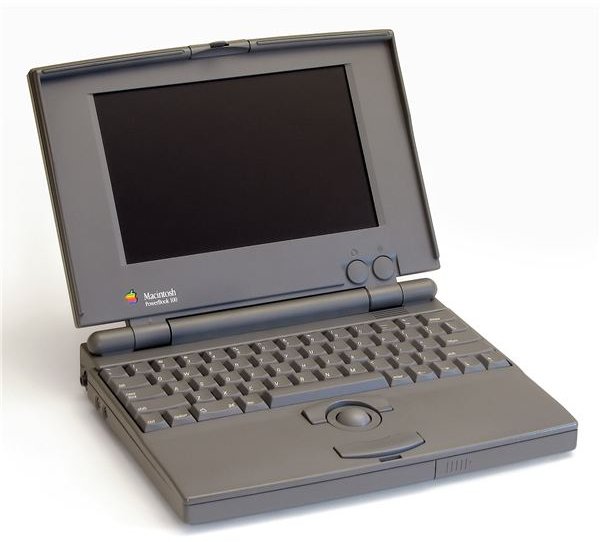The History of Apple Laptop Computers
Today Apple is among the most successful computer companies in the world, but it wasn’t always that way. There was once a time when Apple was very much struggling. In fact, at one point Microsoft invested $150 million dollars into the company to make sure that it didn’t sink, supposedly because Microsoft was concerned that anti-trust allegations would become harder to shake if Apple went under.
Apple is no longer just a computer company, of course, but the Mac line remains strong. Let’s take a look at the history of Apple’s laptops to see how they came to be the extremely popular product they are today.
Powerbook: The Beginning (1991-1993)
Apple’s history in the laptop computer space began in 1991 when Apple released the first set of Powerbooks. These three laptops, the Powerbook 100, 140 and 170, were part of a growing but still very niche laptop movement. The Powerbooks made two innovations that were important. The first was the keyboard positioning. Many early laptops had the keyboard placed forward, which was supposed to make it more accessible. However, this also meant that there was no palm rest. The Powerbook also introduced the use of a trackball. This second innovation did not stick, but it was a distinctive feature of early Apple laptops.
The Powerbook Duo line of laptops arrived in 1992. These were actually about the same size of a netbook. They were about one and half inches thick and weighed 4.1 pounds. The screen size was usually 9.5 inches, although the actual resolution was only 640x480.
Powerbook: The Dark Years (1994-2000)
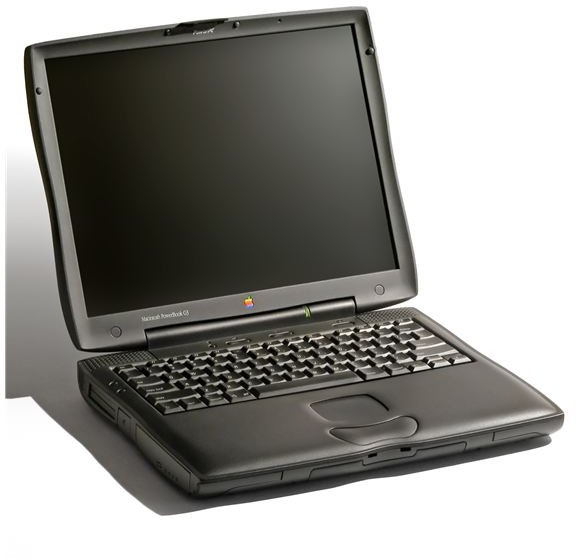
Although initially popular, the Powerbook line started to feel tired as it aged. By the mid-90s it was no longer a popular device, having been overtaken by products from companies like IBM, which had much success with its Thinkpad line. Hardware updates were frequent as new processors and other components became available. The Powerbook did manage to offer an innovation that did stick, however – the trackpad. Although some earlier devices had used a similar technology it was the Powerbook that popularized the idea.
The Powerbook 2000/5000 series laptops hit the market in 1995. These laptops were supposed to be a godsend, as they used new PowerPC processors. Instead, the laptops were an unmitigated disaster for Apple. Battery recalls ran rampant due to their tendency to overheat and cause fires. Cracking plastic on the body and the hinges was another commonly reported problem. Even with those issues aside, the performance was simply mediocre. Some consider these Powerbooks to be among the worst Apple products of all time.
A new model was not introduced until 1997 when the PowerBook G3 hit stores. The first Powerbook G3 was a stop-gap that used the older case design but did use the newer Power PC G3 processor. The second wave of Powerbook G3s, released in early 1998, was completely redesigned. It was lighter, thinner, and more attractive. The defects that had hurt the Powerbook 2000/5000 products at their debut had also been conquered. As a result these models did better, although Apple was still clawing its way back. It was in 1997, the year before the release of the fully designed PowerBook G3, that Microsoft invested $150 into Apple to help keep the company afloat.
PowerBook G4: The Last Years of the PowerPC processor (2001-2005)

The G4 line was released in 2001 and represented the most substantial redesign of Apple’s laptops in history. The industrial aluminum design that is still used in today’s Apple laptops began its life with the PowerBook G4, although the laptops were originally made of titanium. The PowerBook G4 series also introduced the design strengths that remain the focus of Apple laptops today. These are industrial design, excellent battery life, and a solid user interface.
The early PowerBook G4 laptops were not without their problems. Hinge issues reared their ugly head, for example. The G4 models were also prone to aging quickly in terms of aesthetics, it was not uncommon for paint to peel or for worn spots to appear where the user’s hands rested.
In 2003 the Powerbook G4 switched to aluminum design, putting them one step closer to today’s modern Apple laptops. Apple continued with incremental upgrades until the G4’s death in late 2005. While PowerPC G5 processors showed up in Apple desktops before the switch to Intel, the PowerBook never had a G5 model.
iBook: Apple’s Consumer Laptop (2001-2005)

While the PowerBook G4 was built with “industrial” design, suggesting that it was targeted more towards business users, Apple also sold the iBook, a smaller laptop built to be more friendly to consumers. The iBook used the white plastic aesthetic that was common of Apple products of this period and it could be ordered with a choice of color accents that spiced up the lid and the trackpad buttons.
The iBook was never as impressive of a laptop as the PowerBook. It was heavier, larger (for the same screen size) and much slower. Of course, it was also less expensive. The iBook line used G3 processors until 2003 when the iBook G4 was released. The iBook G4 was more reminiscent of today’s MacBook. The distinctive but polarizing clamshell design was dropped for a simple, blocky white plastic exterior. The iBook G4 remained in production until late 2005 when it was replaced by the MacBook.
The Intel Era: The MacBook/MacBook Pro (2006-2009)
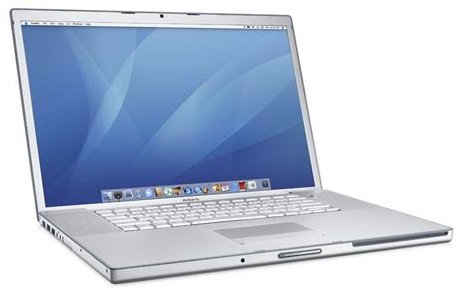
The modern MacBook/Pro design that we all know and love arrived in 2006. The release of the MacBook/Pro was a change for Apple. After a long history of using PowerPC processors Apple switched to Intel. The PowerPC processors were simply no longer able to keep up with what Intel could offer. Reviewers noted that, in some tests, the new Intel powered laptops were two to three times quicker than the older PowerPC G4 processors that had been previously used. Apple’s decision to switch to Intel is no doubt partially responsible for their current enviable reputation. If Apple had not been willing to change their laptops would probably not be nearly as popular as they are today.
MacBook Air: Apple Goes Thin-And-Light (2008-Present)
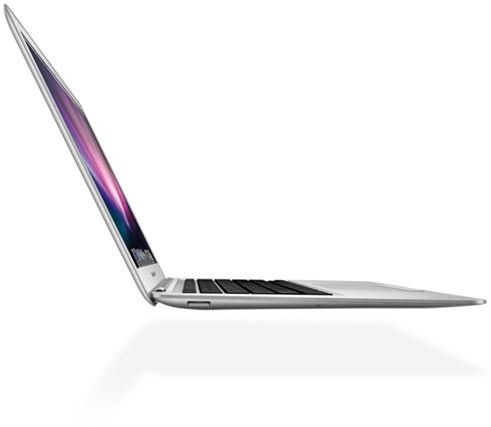
In 2008 Apple introduced the MacBook Air. Although the Air has never been a great seller, and it is generally considered to be somewhat inferior to the MacBook/Pro models, the Air was the first Apple laptop to use the aluminum unibody design that would later be incorporated into the MacBook Pro. It also used a large multi-touch trackpad that would later be refined in the MacBook/Pro designs.
The Modern MacBook (2009-Present)
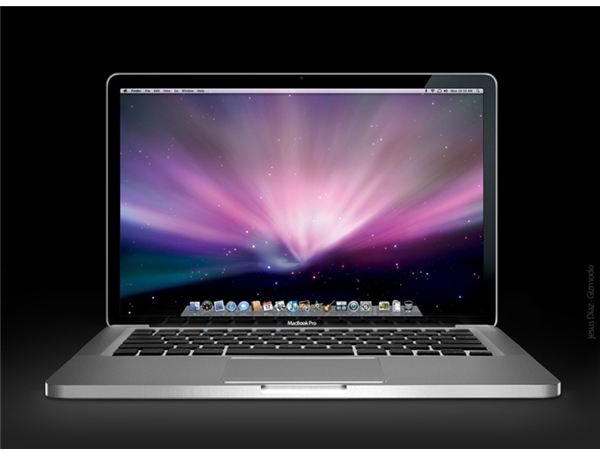
The unibody MacBook/Pro design that we have today debuted in 2009 and made several important changes, the most obvious being the change to an aluminum chassis that was made out of a single solid piece of material rather than pieced together from small parts. This greatly increased the overall rigidity of the laptop. The massive glass trackpad was introduced, dropping the trackpad button altogether in favor of a mechanical hinge design that allows the user to depress the entire trackpad. Finally, a new battery was introduced. It significantly increased battery life, but it was no longer user serviceable.
These changes arrived first in the MacBook Pro line and then were given to the MacBook. Although the MacBook is still made out of polycarbonate, it is also now created from a single solid piece of material.
Conclusion
If any lesson can be learned from Apple’s history, it is that no product is inherently superior. Today’s modern MacBook Pro has many features that it owes to innovations that are a decade old. Each revision of the Apple’s laptops further improves the products by building up an already solid foundation. Where Apple will go next is anyone’s guess, but chances are that all future laptops will continue this trend of incremental innovation.
